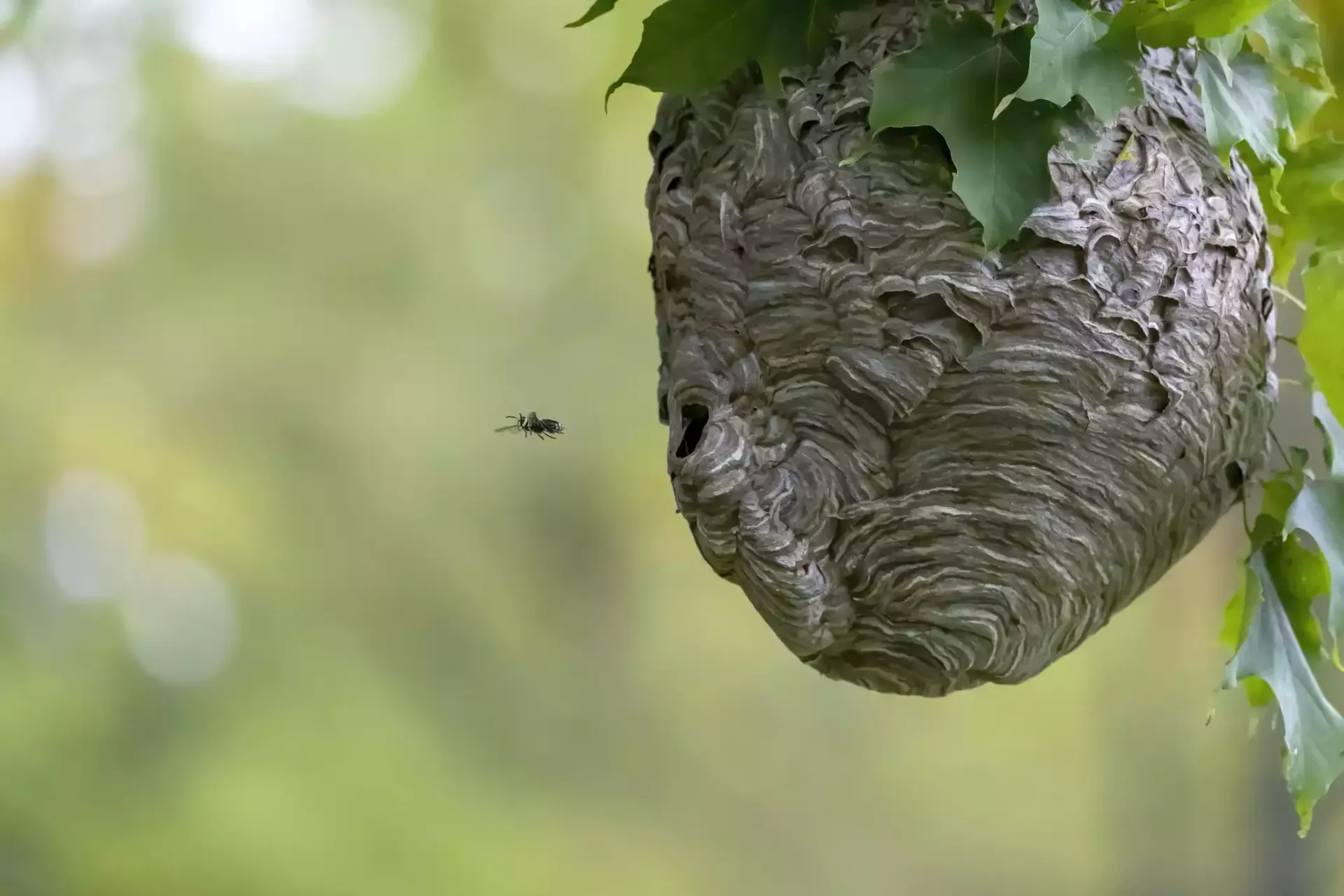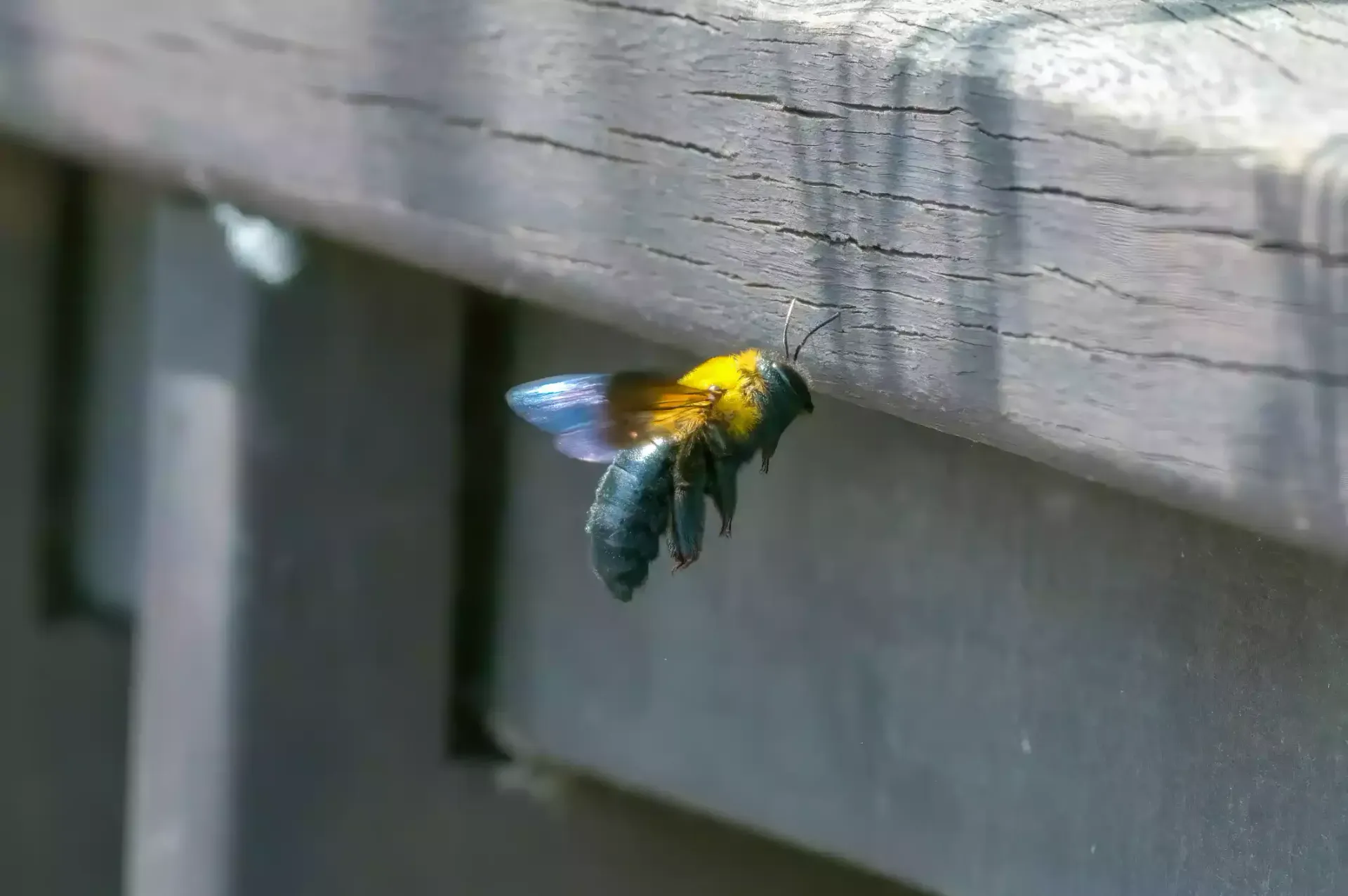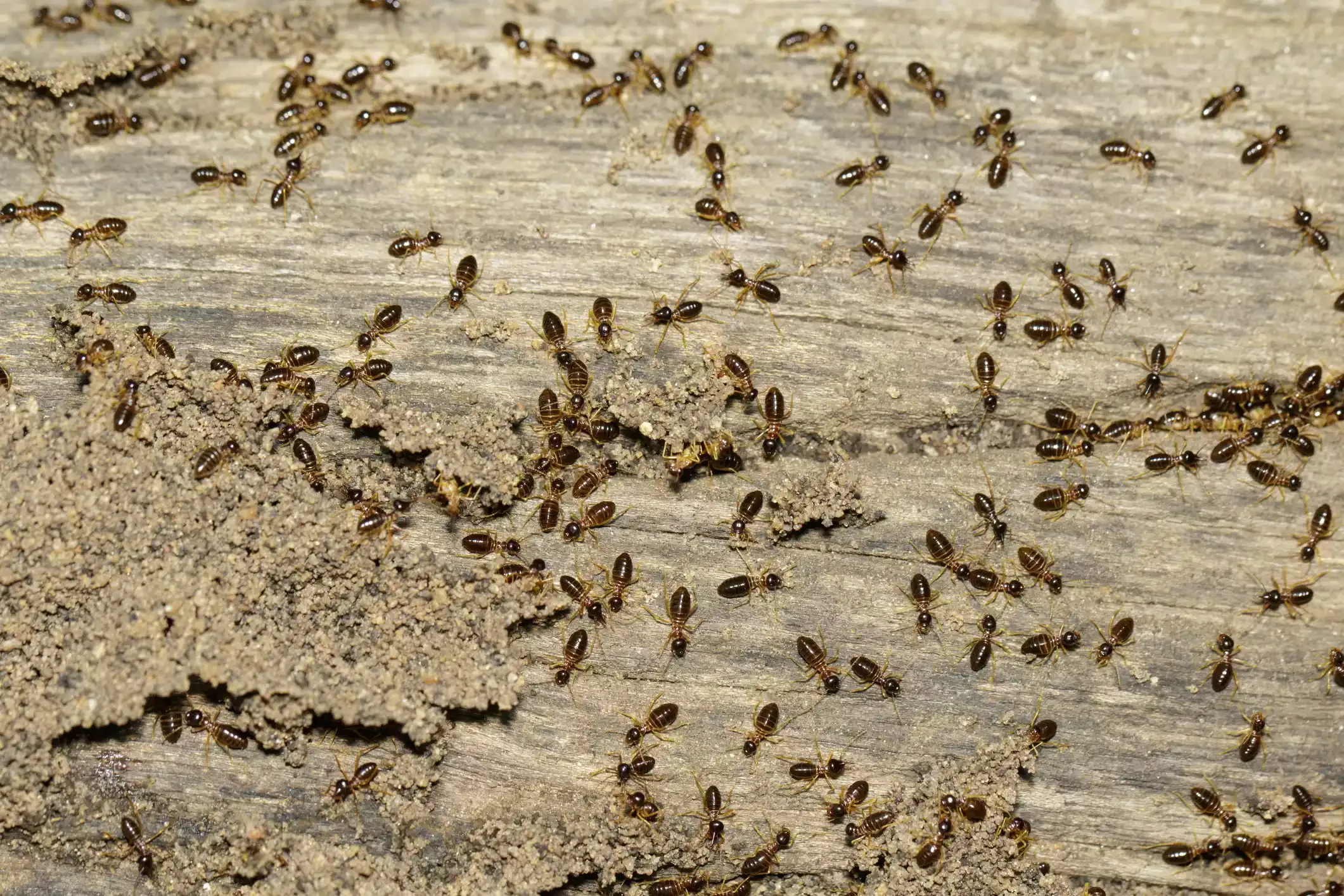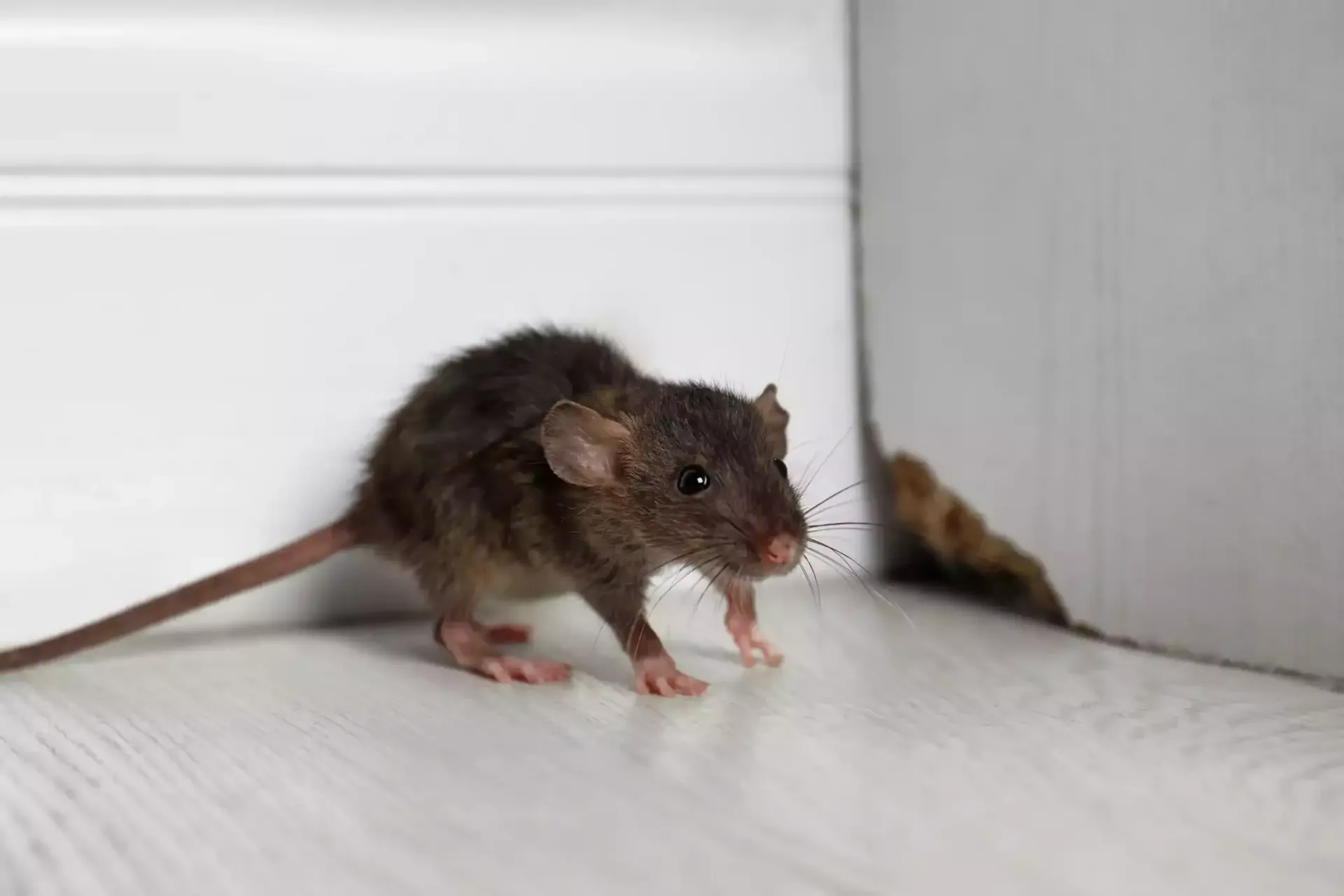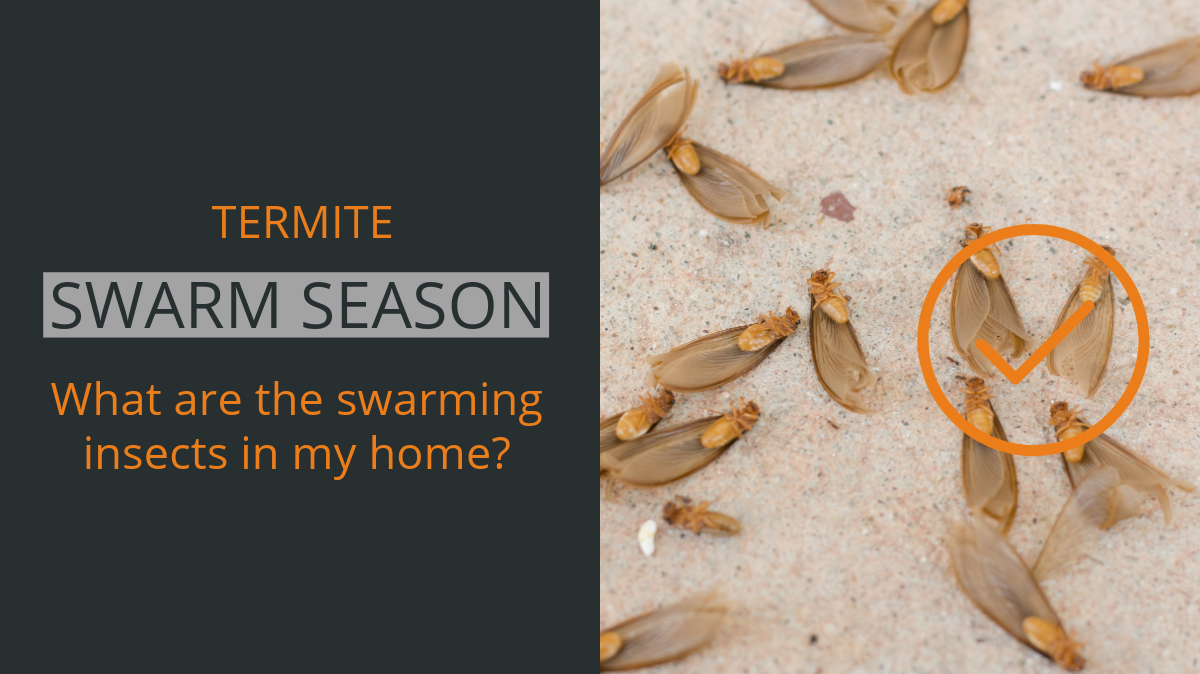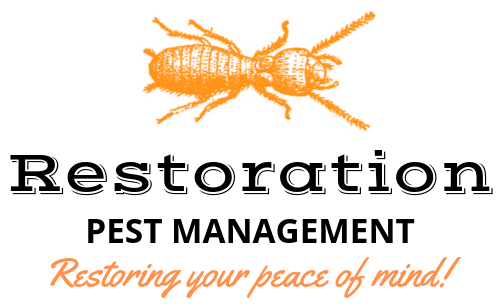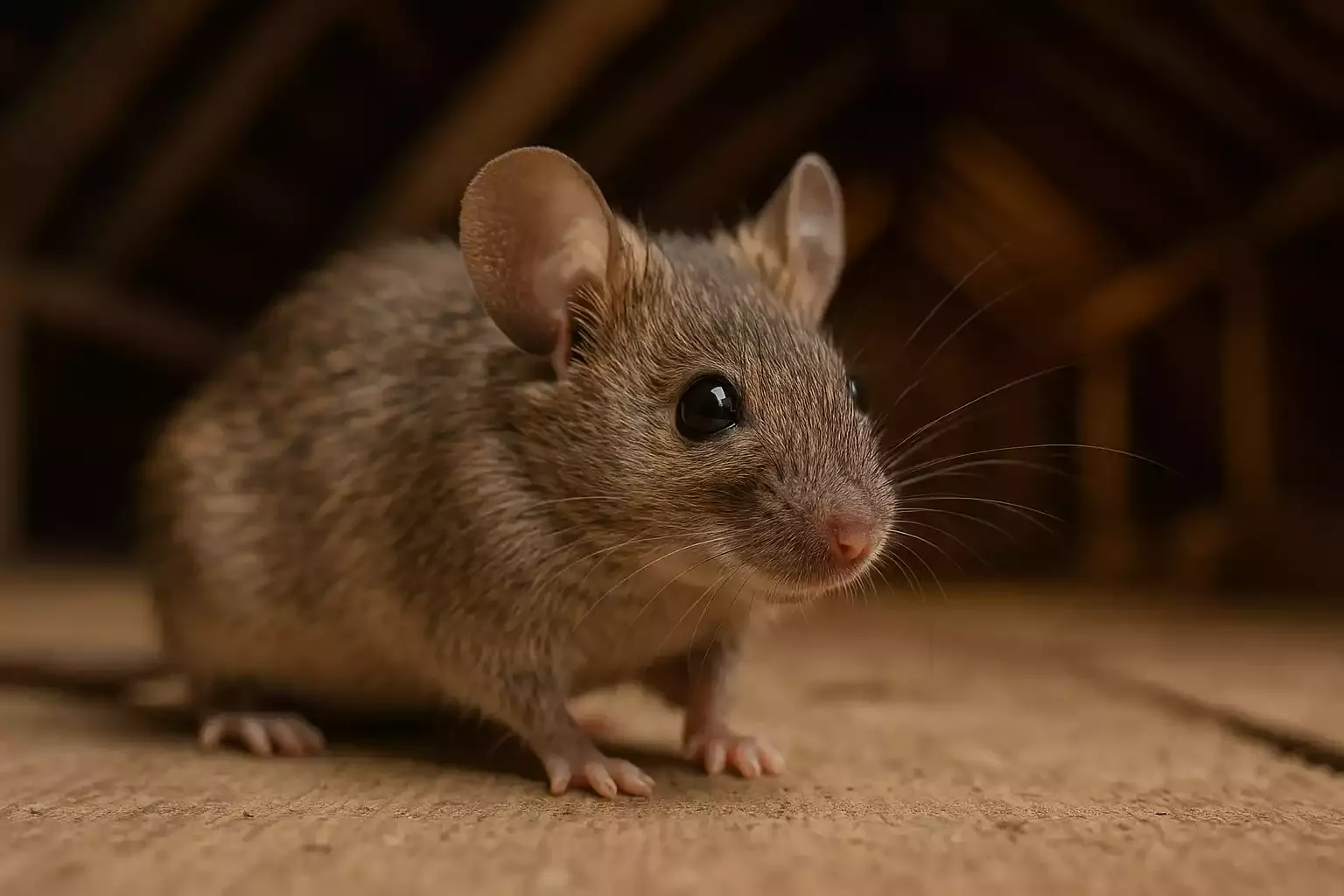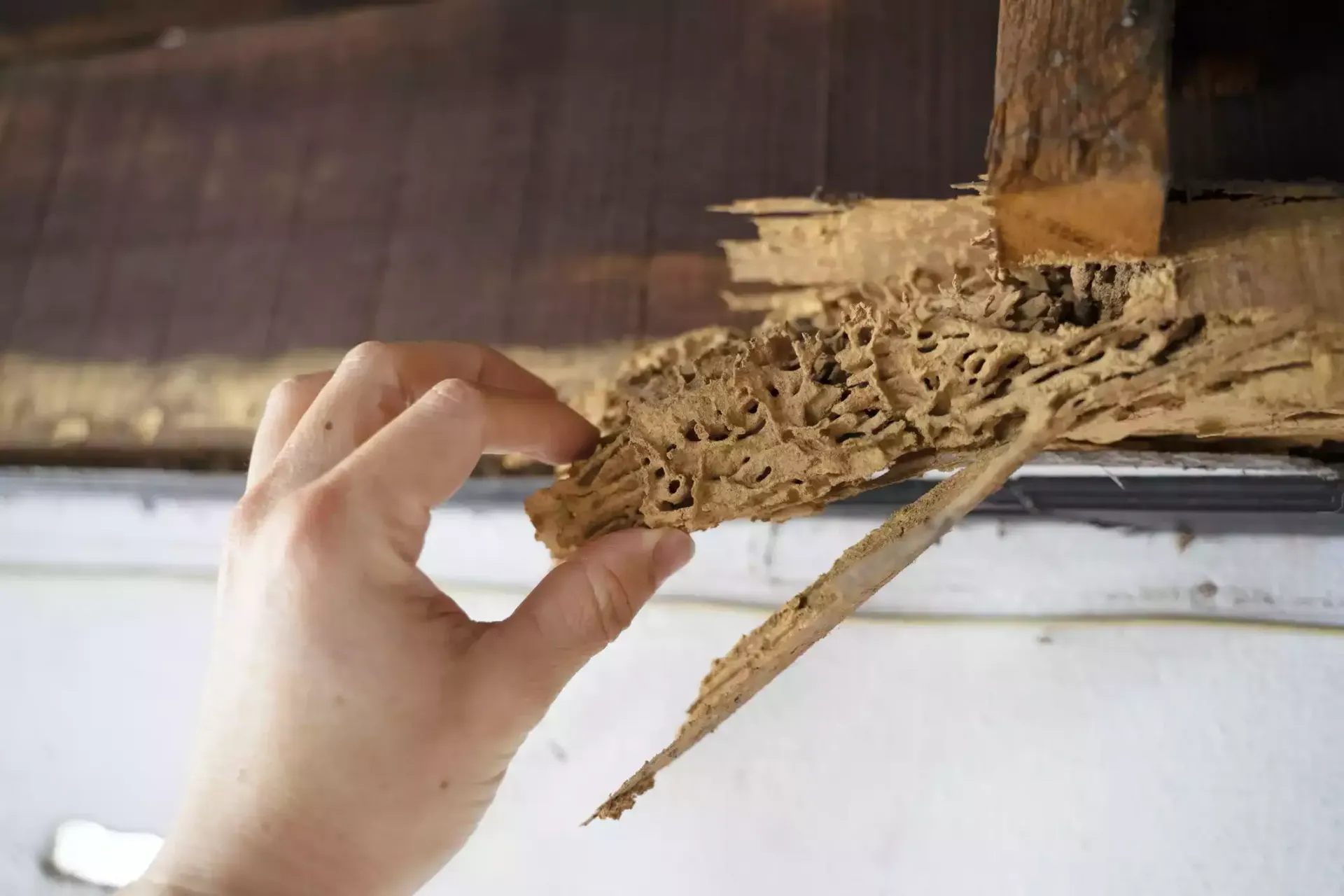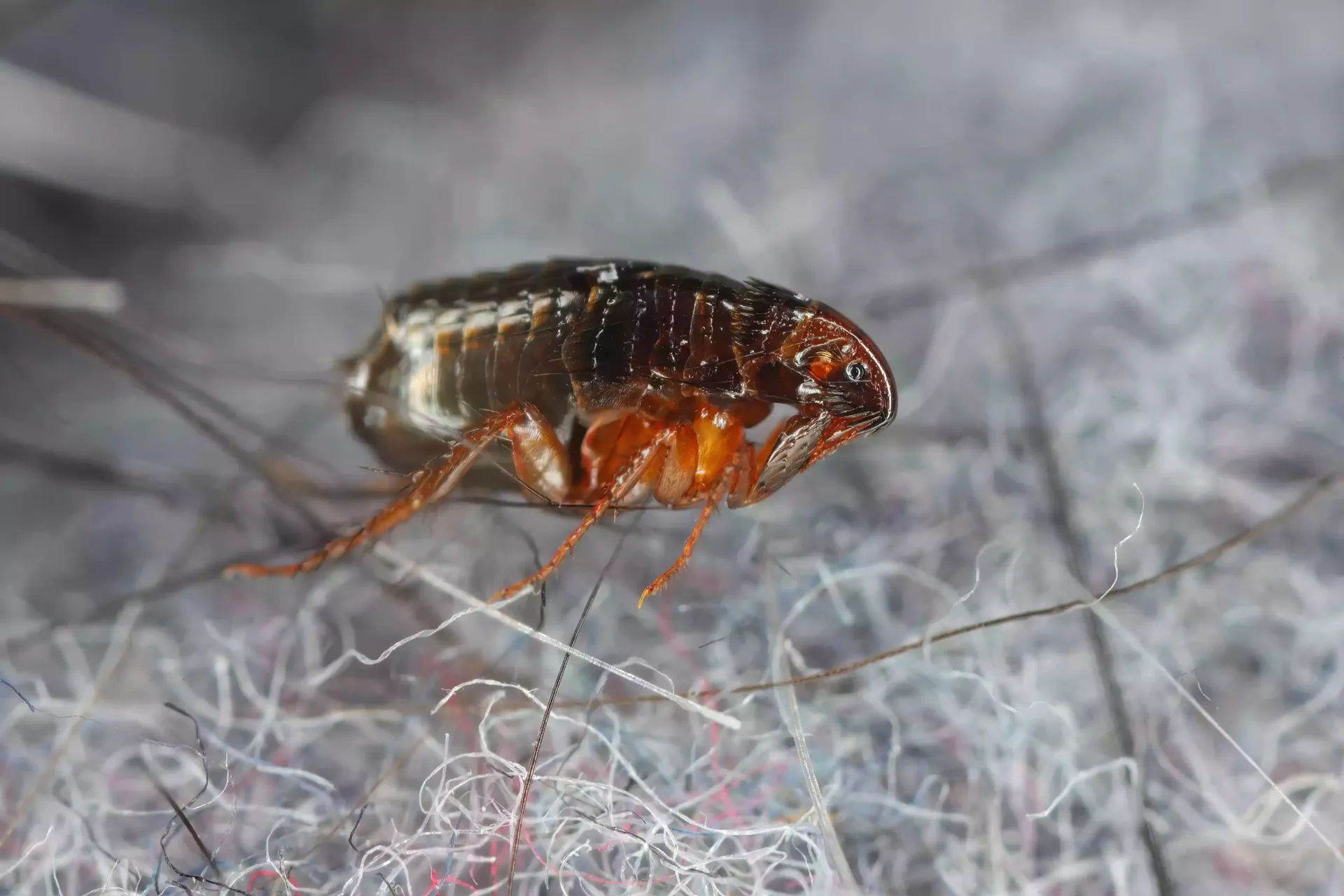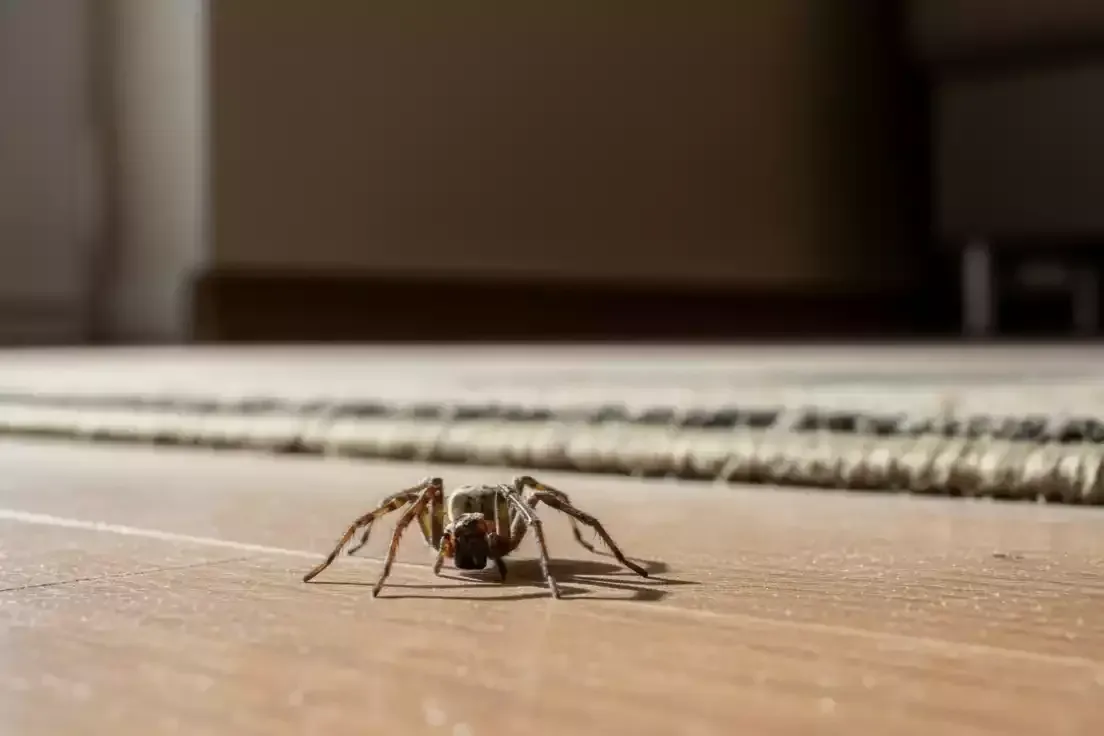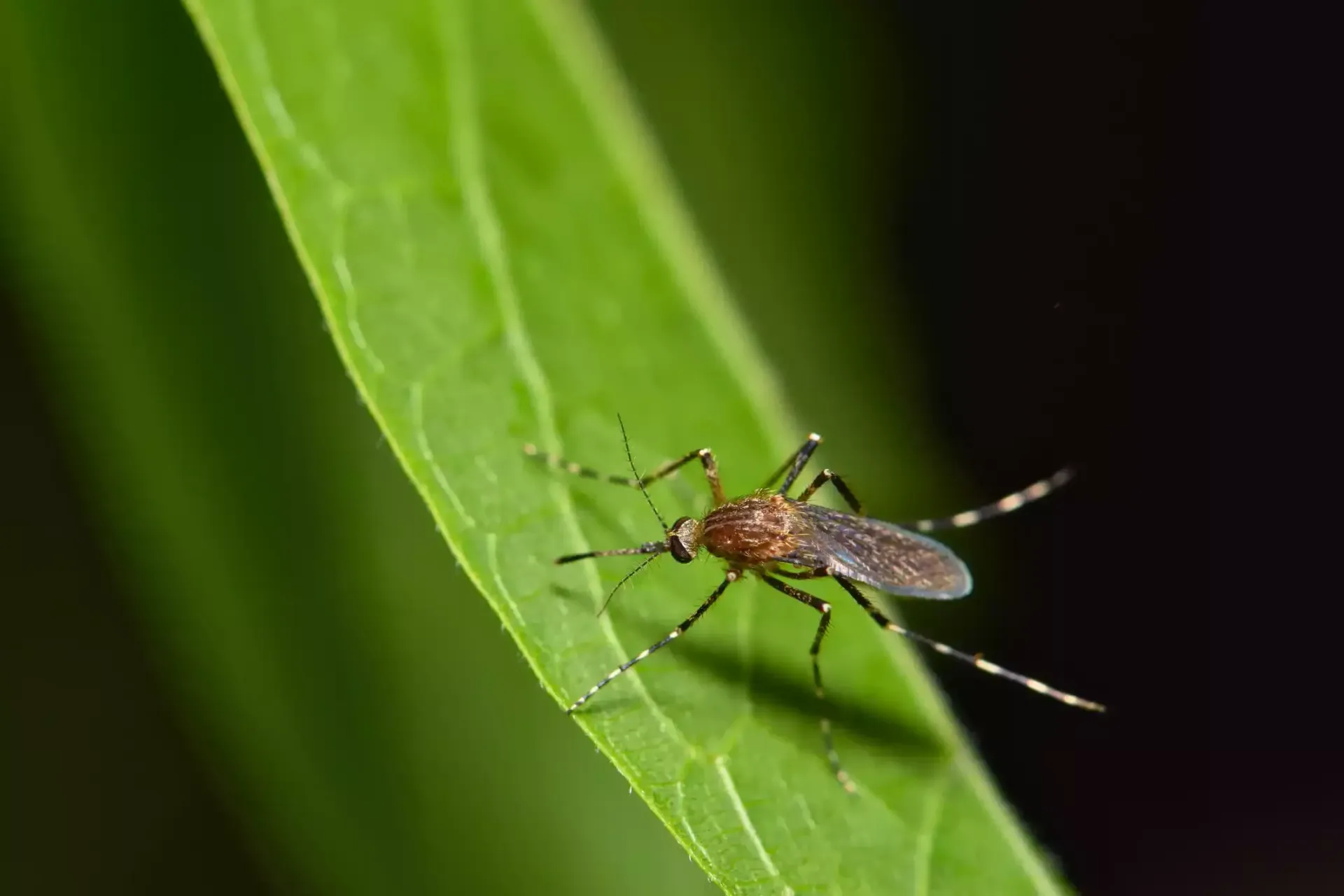Yellowjacket Wasp vs. Bee: Identification Guide
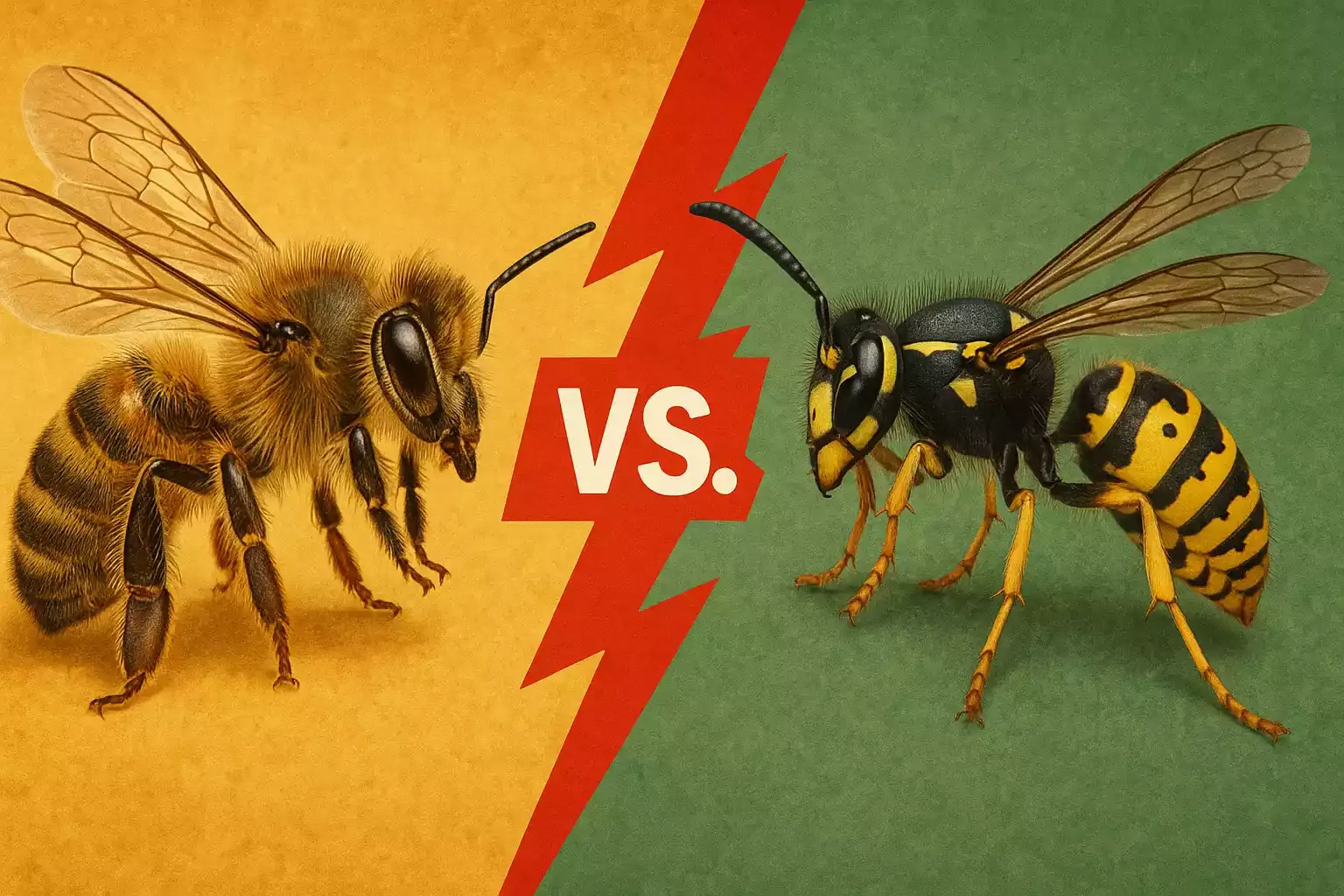
Bees and yellowjacket wasps are often mistaken for one another, particularly during the warmer months when both are active in yards, gardens, and parks. Although they share some visual similarities and both can sting, these insects are vastly different in behavior, physical characteristics, and the roles they play in the ecosystem. Understanding the distinctions between bees and yellowjackets is essential for homeowners, especially when it comes to determining whether a pest control service is needed.
While bees are important pollinators that contribute to plant reproduction and biodiversity, yellowjackets are more aggressive scavengers that can become a nuisance—or even a danger—when they build nests near human activity. Proper identification not only helps avoid harmful encounters but also supports the conservation of beneficial bee species. Use these tips to tell the difference and count on Restoration Pest Management for timely, professional yellowjacket extermination in Columbus.
Appearance
Bees, including honeybees, bumblebees, and carpenter bees are generally easy to recognize thanks to their fuzzy or hairy bodies, which help them collect pollen. They tend to have a more rounded, robust appearance and exhibit yellow and black coloring that is usually softer and less defined than that of wasps. Many bees have distinctive “pollen baskets” on their hind legs, especially when seen visiting flowers.
In contrast, yellowjacket wasps have smooth, shiny bodies with little or no visible hair. They have a more streamlined and narrow-waisted build, making them appear sleeker and more aerodynamic. Their bright yellow and black stripes are bold and high in contrast, giving them a more intimidating look. Unlike bees, they lack pollen baskets and are not involved in pollination to the same extent.
Behavior
Bees are peaceful creatures that prefer to mind their own business. They are most often seen visiting flowers, working diligently to collect nectar and pollen. Honeybees, in particular, are known for their gentle nature and will typically only sting if they feel threatened or are provoked. Once a honeybee stings, it loses its stinger and dies, making stinging a last resort.
Yellowjackets exhibit far more aggressive behavior, particularly as the summer progresses into fall. Their diet shifts toward scavenging for sugary substances and proteins, which brings them into close contact with humans. They are commonly found hovering around open trash cans, picnic areas, sugary drinks, and outdoor food. Unlike bees, yellowjackets can sting multiple times without dying, making them more dangerous if disturbed.
Nesting Habits
Bees construct waxy, structured hives that are usually located in protected spaces such as tree cavities, wall voids, or managed beekeeping boxes. These nests are carefully built and used for extended periods, sometimes spanning several years in the case of managed colonies. The orderly design of a beehive reflects the cooperative nature of the colony.
Yellowjackets build papery nests made from chewed wood fibers mixed with saliva. These nests can be located underground, inside wall cavities, or suspended from tree branches, eaves, or attic rafters. Yellowjacket colonies grow rapidly and can number in the thousands by the end of the summer season. Their nests are temporary and are abandoned when cold weather arrives, although new colonies may be established nearby the following year.
Why Identification Matters
Confusing a yellowjacket for a bee can result in painful, unnecessary encounters. Bees are protected in many regions due to their ecological importance and declining populations. Removing or damaging a beehive can have negative consequences for the environment and, in some cases, violate local conservation laws. Yellowjackets, on the other hand, are not typically protected and may require immediate removal if they pose a threat to humans or pets.
When to Call the Professionals
If you notice increased wasp activity or suspect the presence of a nest, it’s best to call in pest control experts before the problem escalates. Yellowjackets are especially territorial and will defend their nest aggressively. Because they can sting repeatedly, disturbing their nest without proper equipment and expertise is risky.
Restoration Pest Management provides expert yellowjacket extermination in Columbus and the surrounding communities. Our trained technicians understand the behavior and biology of both bees and wasps, allowing them to develop effective, environmentally responsible solutions tailored to your specific situation.
Contact us today to schedule a thorough inspection or to learn more about our comprehensive wasp and bee management services. Don’t take chances with aggressive pests. Let us help you restore peace and safety to your outdoor space.
